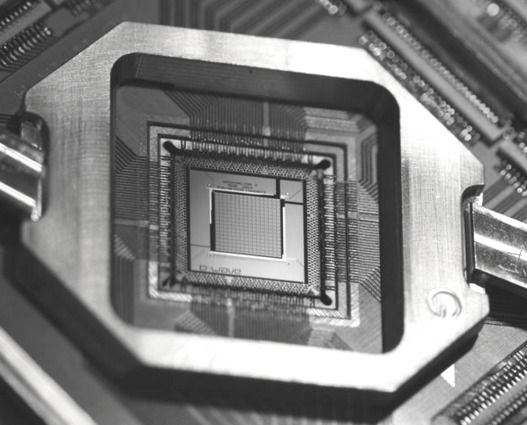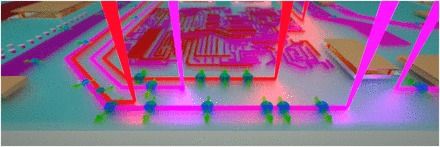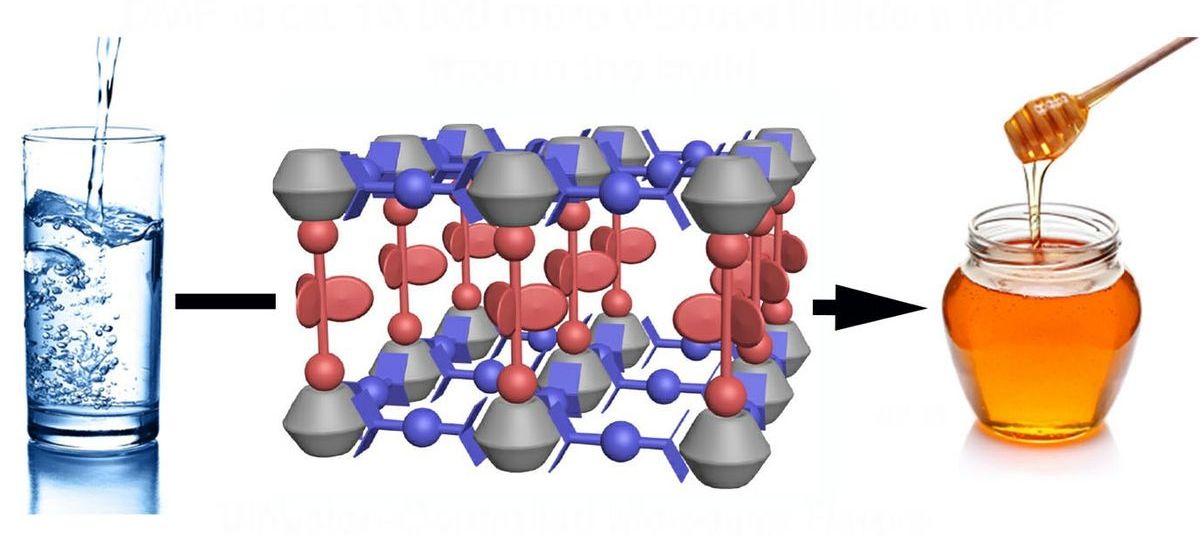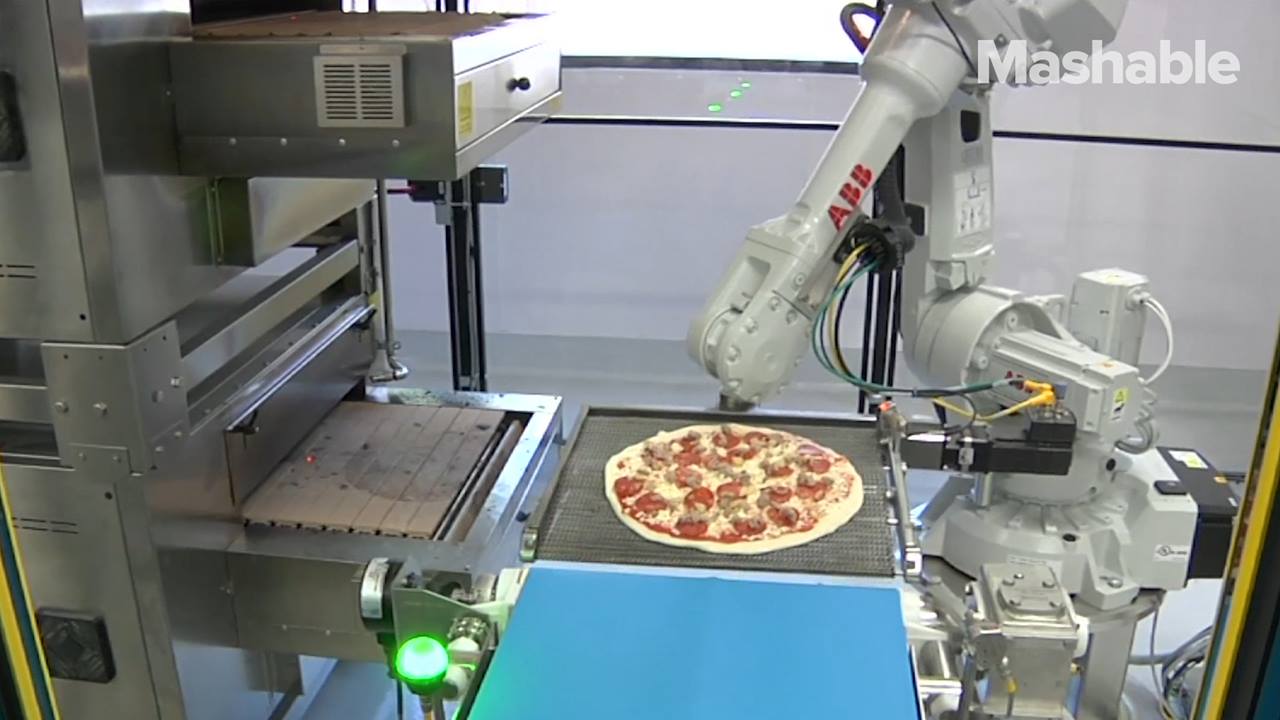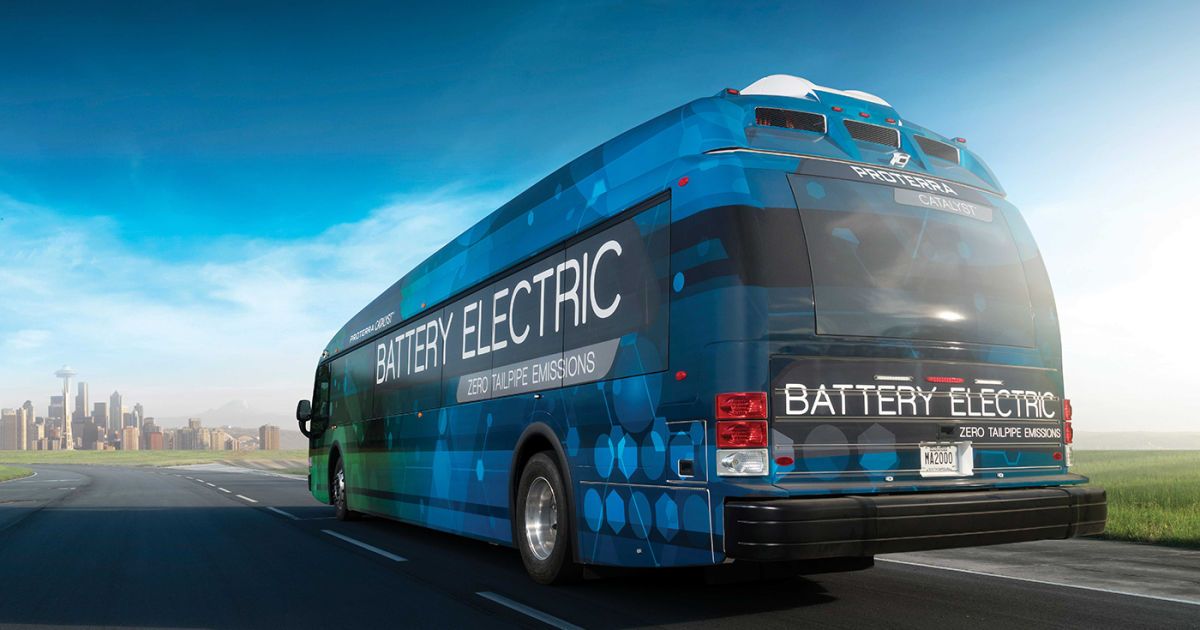Sep 14, 2016
One thought on “So, You Want to Program Quantum Computers…”
Posted by Karen Hurst in categories: computing, government, quantum physics
Nice article; however, disappointed that the author expanded the exploration of programming in Quantum to include Google, MIT, U. Sydney, etc. who all have been exploring the programming on QC. D-Wave indeed is doing a lot in this space and has been even training numerous US Government personnel on QC; just would be interesting to learn more about the advances in this space from other players who have been sharing for several months their breakthroughs in programming QC.
The jury is still out when it comes to how wide-ranging the application set and market potential for quantum computing will be. Optimistic estimates project that in the 2020s it will be a billion-dollar field, while others expect the novelty will wear off and the one company behind the actual production of quantum annealing machines will go bust.
Ultimately, whichever direction the market goes with quantum computing will depend on two things. First, the ability for applications of sufficient value to warrant the cost of quantum systems have to be in place. Second, and connected to that point, is the fact that enough problems can be mapped to these machines—a tricky problem that if not solved, will lead to a limited ecosystem of capabilities and, of course, developers.
Continue reading “One thought on ‘So, You Want to Program Quantum Computers…’” »
